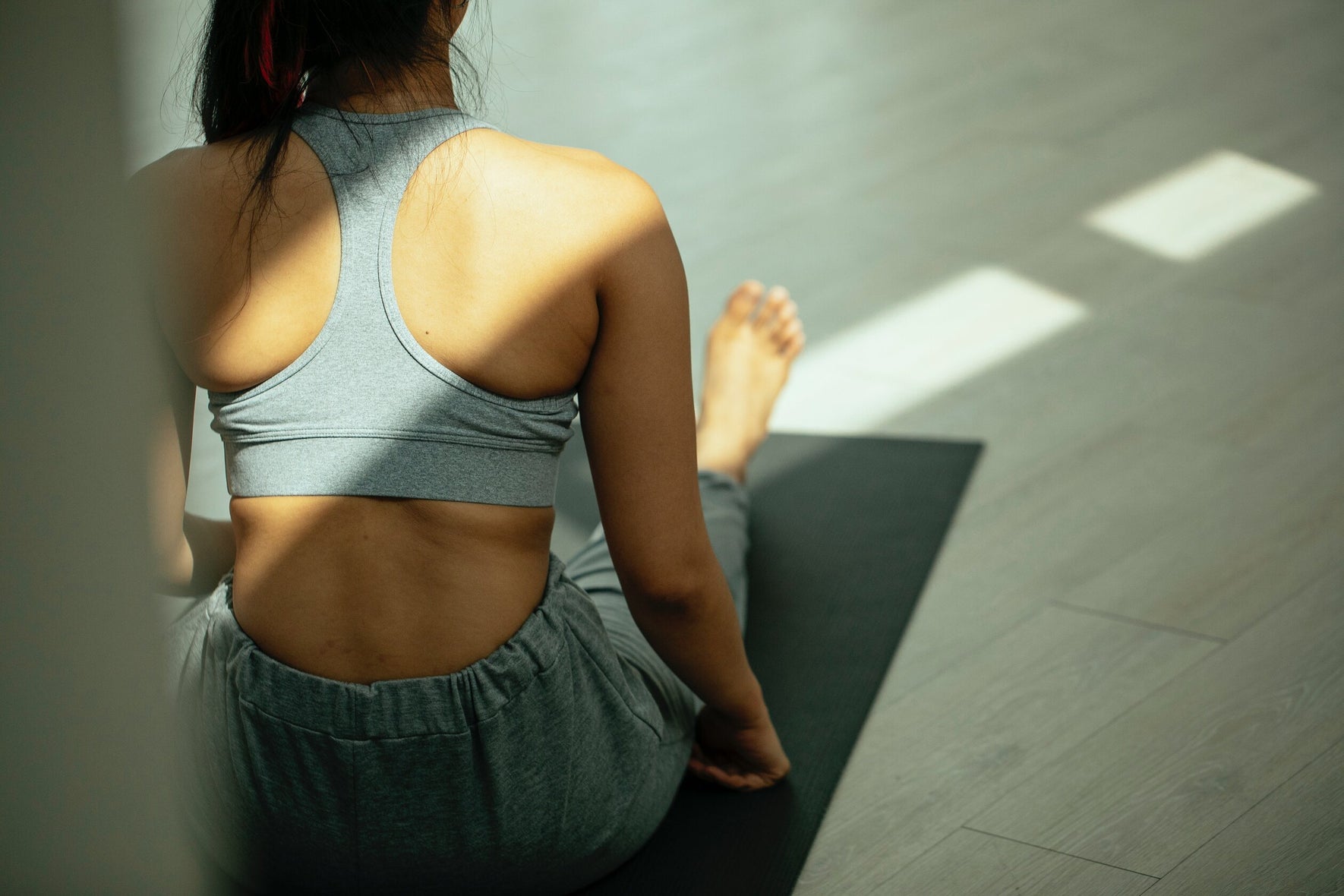
Try This Hack for Instant Stress-Relief
We all know that deep breaths can help ease anxiety in times of stress, but experts are keen to stress that the type of breathing you do is key to reducing stress.
Cyclic sighing, a form of controlled breathing might be something you do automatically at the end of a long day, is defined as having an exhalation that’s roughly twice as long as the inhalation.
According to a study carried out on participants over 28 days by the University of Stanford, cyclic breathing came out as the most effective way to boost mood and reduce anxiety when compared to other forms of controlled breathwork like meditation and box breathing.
Evidence from previous breathwork studies also back this up, with researchers discovering that longer inhalations tend to increase heart rate while longer exhalations tend to reduce them.
The reason cyclic breathing is thought to be the most effective is in part thanks to its effect on the autonomic nervous system and specifically its stimulation of the vagus nerve. The longest nerve in the body, the vagus nerve connects many of our vital organs to our brain and makes up the largest part of the parasympathetic nervous system or the rest and digest phase. When triggered by extended exhalations, characteristic of cyclic sighing, the vagus nerve is activated and the vagal tone increases, causing our bodies to relax. In the Stanford study, it was also found to slow down the number of breaths the participants took per minute.
In addition to the physiological impact it can have, cyclic sighing is also thought to help with something called interoceptive awareness, essentially the ability to identify internal signals from the body and respond to them appropriately, so that we can work on controlling how we feel and react in those situations in the future.
To start reaping the relaxing rewards of cyclic sighing yourself, experts believe that even 5-minutes a day can be hugely beneficial. Begin by taking one inhale followed by another short inhale through the nose and then breathe out through the mouth in one long exhalation. Repeat for as long as required.
